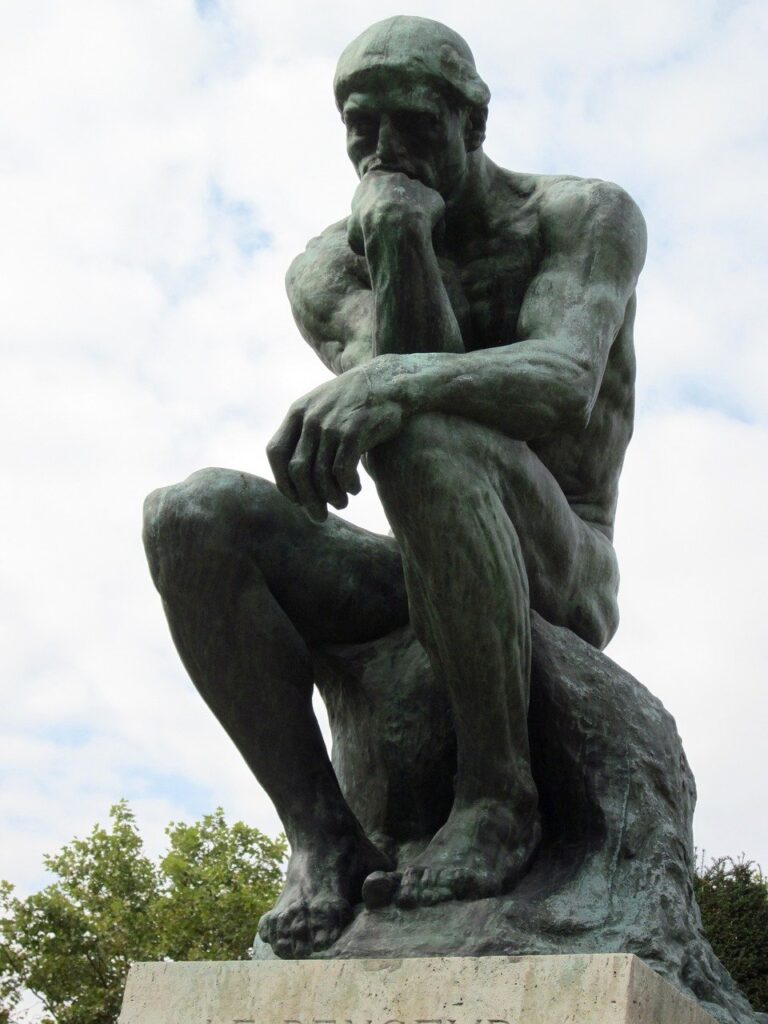This is the third of a series of posts about what Project Based Learning infused with Social and Emotional Learning looks like when teaching remotely. Is it the ideal situation? Probably not, but it is the reality that many of us are dealing with. I will share my ideas and what others are doing to hopefully inspire you to action.
- Remote Entry Events
- Remote Need to Knows
- Remote Assessment in PBL
- Remote Autonomy in PBL
- Remote Community Partnerships in PBL
- 7 Remote Feedback Protocols
- Remote Public Presentations in PBL
- Remote Reflection in PBL
Remote Inquiry in Project Based Learning might seem like a no-brainer-online research! But let’s think of inquiry in broader terms and consider some other ways to guide students of all ages to engage in inquiry throughout the project cycle. Curiosity is integral to any engaging project, and we can find many ways to build it even when we are not face-to-face.
Literature
Texts of all kinds can be research. From non-fiction to fiction; from poetry to graphic novels; from websites to magazines, our students should be exposed to a rich environment of texts. Many school libraries are finding ways for kids to pick up books during remote learning and there are many online books available for free. Make sure that your students are being exposed to a wide variety of authors and texts from diverse viewpoints.
Expanded Research
Too often students are only taught how to do the traditional research of a Google search or how to use peer reviewed journals at the secondary level. There are so many other things that students can research. They can consider primary source images in history and science using routines such as “I notice” and “I wonder.” They can analyze political cartoons, listen to podcasts, watch documentaries or other videos, take virtual field trips, or watch live webcams of natural events. Expanding research to include audio and video elements helps differentiate for English Learners and kids with special needs. It is engaging for ALL students!
Interviews
All sources ultimately go back to a person who either wrote it down, took a picture or video, or created some kind of artifact. So take your students directly to the source and have them conduct interviews. Students from Kindergarten to college can come up with their own questions based on the Driving Question (DQ) and talk to experts in the field. This person may have a degree at a prestigious university, or they may be a grand parent who remembers a time period in history. Experts are everywhere!
One bonus of remote learning is that there is actually more access to people as pretty much everyone has experience with videoconferencing now and can quickly and easily “join” your class without having the past challenges of distance, travel, or taking off from work.
Surveys
We’re not talking about taking them, but having students create surveys around their project topic and then send them to the appropriate audience. This data collection is an important part of empathetic design thinking process. To help students to develop the SEL competency of Social Awareness, we need them to consider the DQ from multiple perspectives. Solutions to PBL should require that students address the whole community, especially those least privileged.
Surveys bring a great tie into math as students can decide what kind of graph or chart best represents the data. The results require critical interpretation to be applied to any solution that kids are considering. Creating infographs is a great way for students to communicate their results with the public affected by the problem.
Experiments
Hands-on learning in PBL is a crucial way for kids to make their own meaning. Send home some instructions for experiments that they can try at home. Of course, make sure that the experiments are safe and inexpensive, but students can do many things at home with some parental guidance. If that is not an option, videotape yourself conducting the experiment at your home for student to observe. Better yet do it live so students can ask questions in real time. Another option are simulations such as PhET science page where students can play around virtually.
Observations
Like experiments, this is a great option to get students away from screens. Assign them tasks such as going out side and looking for living vs. non living things. They could be watching animals/insects in their neighborhood. Students could count traffic, notice Covid adaptations in their community, or document whether or not people are social distancing. Teaching students to have a keen eye for what is going on around them and then learning to interpret it is research too!
What other ways are you having students inquire remotely?
Questions? Interested in a PBL workshop or consulting? Connect with me at michaelkaechele.com or @mikekaechele on Twitter.


